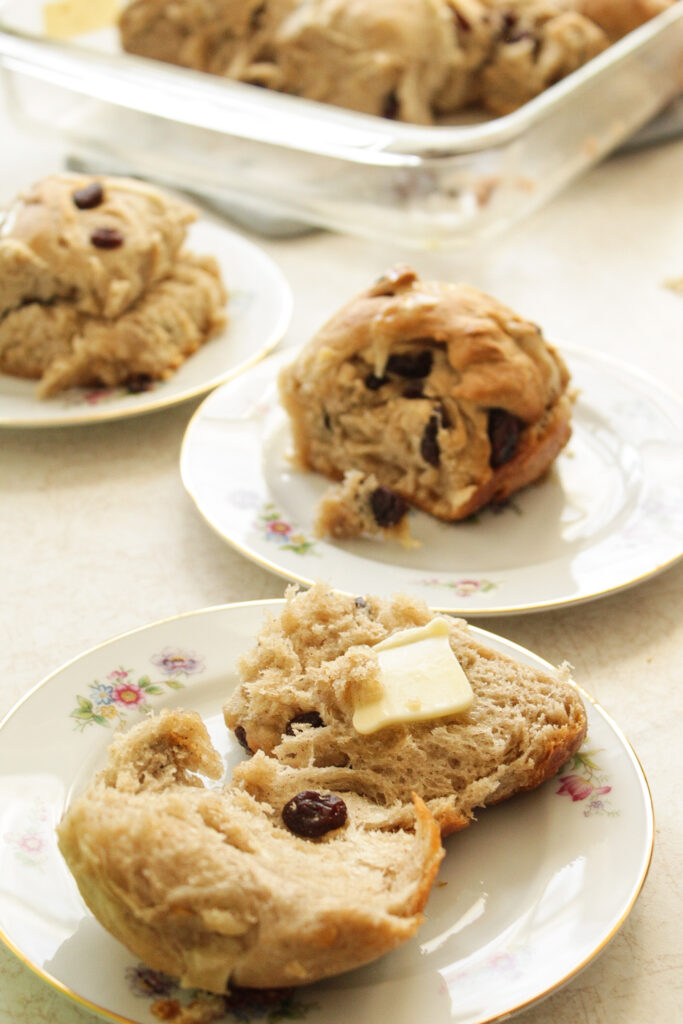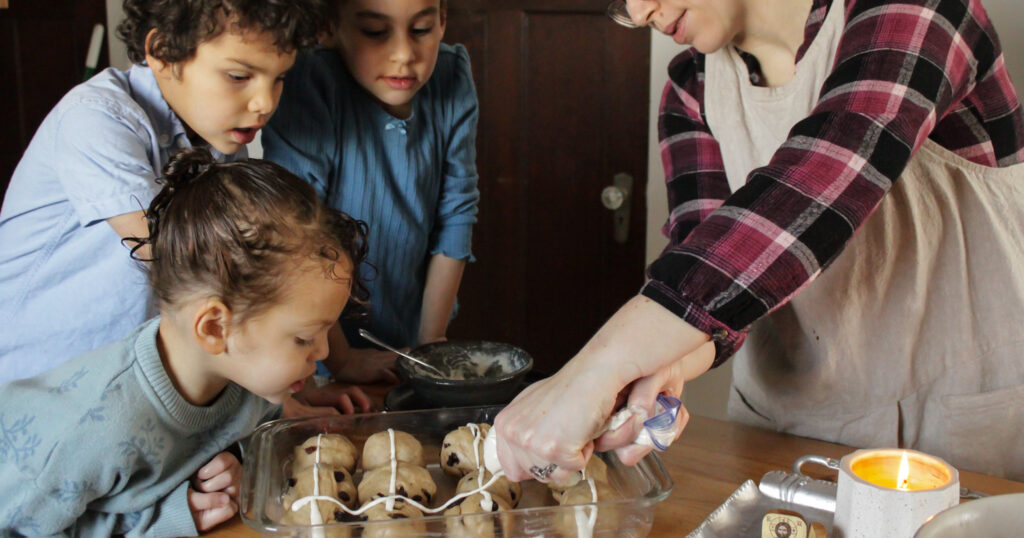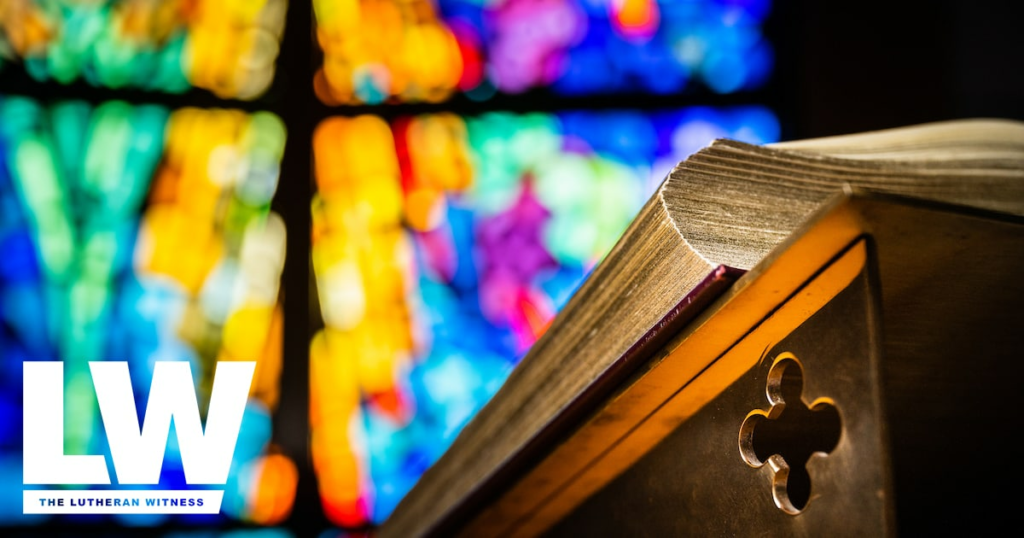This is the latest installment of “Life in the Church Year,” a series by Dr. Kristen Einertson and Tessa Muench of All the Household. This series will provide guidance for living out the seasons of the Church Year at home with your families. Find month-by-month lists of Lutheran feasts, festivals and commemorations here.
All things in the church year point toward the death and resurrection of Jesus, the origin and fulfillment of the church’s life. And in April this year we reach the highest holy days of our Christian faith: Holy Week and, nested within it, the Holy Triduum.
Holy Week is the week leading up to Easter, beginning with Palm Sunday, which celebrates Jesus’ triumphal entry into Jerusalem, and culminating on Saturday evening. This week literally walks Christians through the week of Christ’s death and resurrection, slowing down to help us learn about those pivotal days in “real time.” Meditation upon Jesus’ Passion becomes the church’s central concern. This is why from Palm Sunday until Maundy Thursday, the church dons the color of Jesus’ crimson blood, scarlet.1
The Triduum (or “three days”) consists of Maundy Thursday, Good Friday and the Easter Vigil. On Thursday, we focus on the institution of the Sacrament of the Altar; on Friday, the Passion; and late on Saturday — in churches that hold an Easter Vigil service — the realization of the resurrection, the profound movement of darkness to light, of death to life.
The customs that accompany Holy Week are extremely rich and abundant, as Christians from all times and places have marked these precious and sacred days in their households.
It is fitting to cultivate quietness, stillness and meditation in our households throughout this holiest week. Yet there are preparations to be made in the midst of our waiting. We trust the promise that Easter is coming and thus carry out steady, if quiet, work. Many engage in a deep cleaning of the home (the origin of “spring cleaning”) and use the time to prepare diligently for the Easter feast.

One Triduum tradition deserves particular mention: hot cross buns. These rolls originated in the 14th century or earlier, made by Christians for Good Friday. They are much more than just a children’s rhyme: These treats with their crosses confess the center of the Christian faith. Thus, we encourage you to join with the Christians who have gone before us in using even your foods during Holy Week to reflect the heart of the Lenten season: the cross of Christ!
Hot Cross Buns
Ingredients:
Bun Ingredients 1 cup milk, warm 2 tsp. instant yeast 1/3 cup sugar 6 Tbsp. melted butter 2 large eggs 1/2 tsp. salt 1 tsp. cinnamon 1/2 tsp. ginger 1/2 tsp. allspice zest of one orange 1 cup raisins 3 1/2–4 cups all-purpose flour Flour Paste 1/3 cup flour 2–3 Tbsp. water Sugar Glaze 1/4 cup water 1/4 cup sugar
Instructions:
- Combine the yeast with the warm milk. Add in the sugar, butter, eggs, salt, spices, orange zest and raisins. Begin sifting in the flour and mix until a dough forms. Then add more flour little by little until it is workable without sticking to your hands. Knead for 5 minutes, then cover the dough with a damp towel and allow to rise until doubled.
- Grease a 9×11-inch dish and divide the dough into 12 pieces. Form each piece into a ball by rolling it toward yourself on the countertop to build tension in the ball. Place each in the dish, cover again, and let them rise until nearly doubled again.
- Preheat the oven to 350ºF. Mix together the flour and water to form a thick paste. Transfer it to a plastic bag, snip the corner off, and pipe a cross design over each bun.
- Bake at 350ºF for 20–30 minutes until the tops are golden brown and the buns are cooked through.
- Before removing from the oven, microwave equal parts water and sugar for 1–2 minutes until the sugar dissolves in the water. Immediately upon taking the buns out of the oven, pour the sugar water over the buns and allow them to soak up the syrup. Serve and enjoy!
1 For more on the colors of the Church Year, visit lcms.org/worship/church-year.
Cover image: Tessa Muench




There is no measurement for the flour in making the buns.
Thank you very much for pointing this out! This was an error in our uploading of the post. Update made.